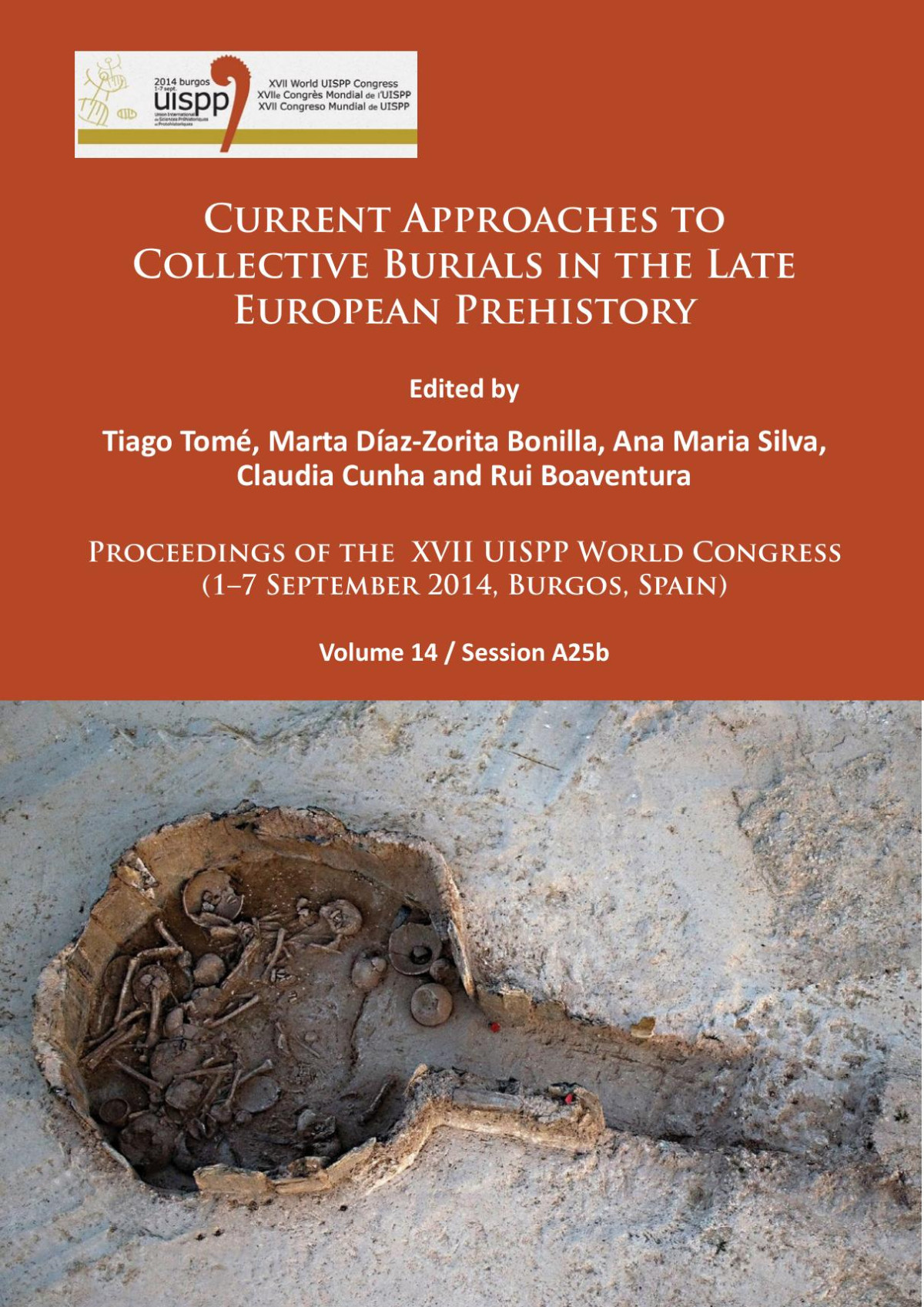

Most ebook files are in PDF format, so you can easily read them using various software such as Foxit Reader or directly on the Google Chrome browser.
Some ebook files are released by publishers in other formats such as .awz, .mobi, .epub, .fb2, etc. You may need to install specific software to read these formats on mobile/PC, such as Calibre.
Please read the tutorial at this link: https://ebookbell.com/faq
We offer FREE conversion to the popular formats you request; however, this may take some time. Therefore, right after payment, please email us, and we will try to provide the service as quickly as possible.
For some exceptional file formats or broken links (if any), please refrain from opening any disputes. Instead, email us first, and we will try to assist within a maximum of 6 hours.
EbookBell Team

4.7
86 reviewsCollective burials are quite a common feature in Prehistoric Europe, with the gathering of multiple individuals in a shared burial place occurring in different types of burial structures (natural caves, megalithic structures, artificial caves, corbelled-roof tombs, pits, etc.). Such features are generally associated with communities along the agropastoralist transition and fully agricultural societies of the Neolithic and Chalcolithic.
Over the last few decades, a renewed interest in the study of Prehistoric collective burials and specifically on the human skeletal remains they contained has emerged. Such interest is a consequence of biological anthropologists adopting methods focused on the understanding and reconstruction of the formation processes of funerary contexts, an increment in physicochemical analysis such as radiocarbon dating, ancient DNA and stable isotopes studies, as well as a growing collaboration between anthropologists and archaeologists. All this led to a larger integration of bioanthropological data within archaeological interpretation, eventually resulting in the emergence of a new disciplinary field, Bioarchaeology. This allows us to currently hold a deeper understanding of these communities, as well as of their funerary practices.